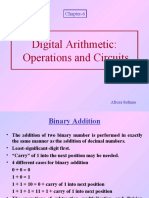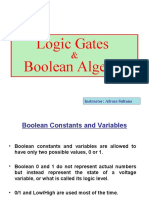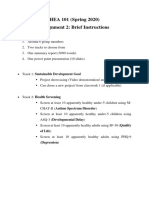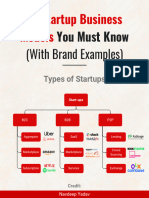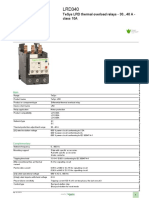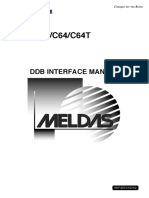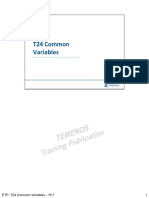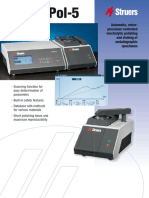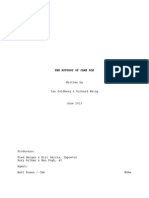0% found this document useful (0 votes)
132 views35 pagesDigital Systems & Number Systems
This lecture covers digital systems and various number systems including binary, octal, decimal, and hexadecimal. It discusses advantages and limitations of digital systems and how they are implemented electronically using logic levels. Conversion between different number systems is explained along with examples of converting between binary, octal, decimal, and hexadecimal numbers. Relationships between the number systems are shown through conversion tables.
Uploaded by
Samina TohfaCopyright
© © All Rights Reserved
We take content rights seriously. If you suspect this is your content, claim it here.
Available Formats
Download as PPT, PDF, TXT or read online on Scribd
0% found this document useful (0 votes)
132 views35 pagesDigital Systems & Number Systems
This lecture covers digital systems and various number systems including binary, octal, decimal, and hexadecimal. It discusses advantages and limitations of digital systems and how they are implemented electronically using logic levels. Conversion between different number systems is explained along with examples of converting between binary, octal, decimal, and hexadecimal numbers. Relationships between the number systems are shown through conversion tables.
Uploaded by
Samina TohfaCopyright
© © All Rights Reserved
We take content rights seriously. If you suspect this is your content, claim it here.
Available Formats
Download as PPT, PDF, TXT or read online on Scribd
/ 35



























































